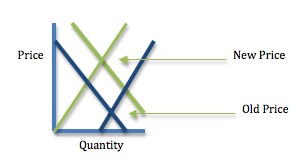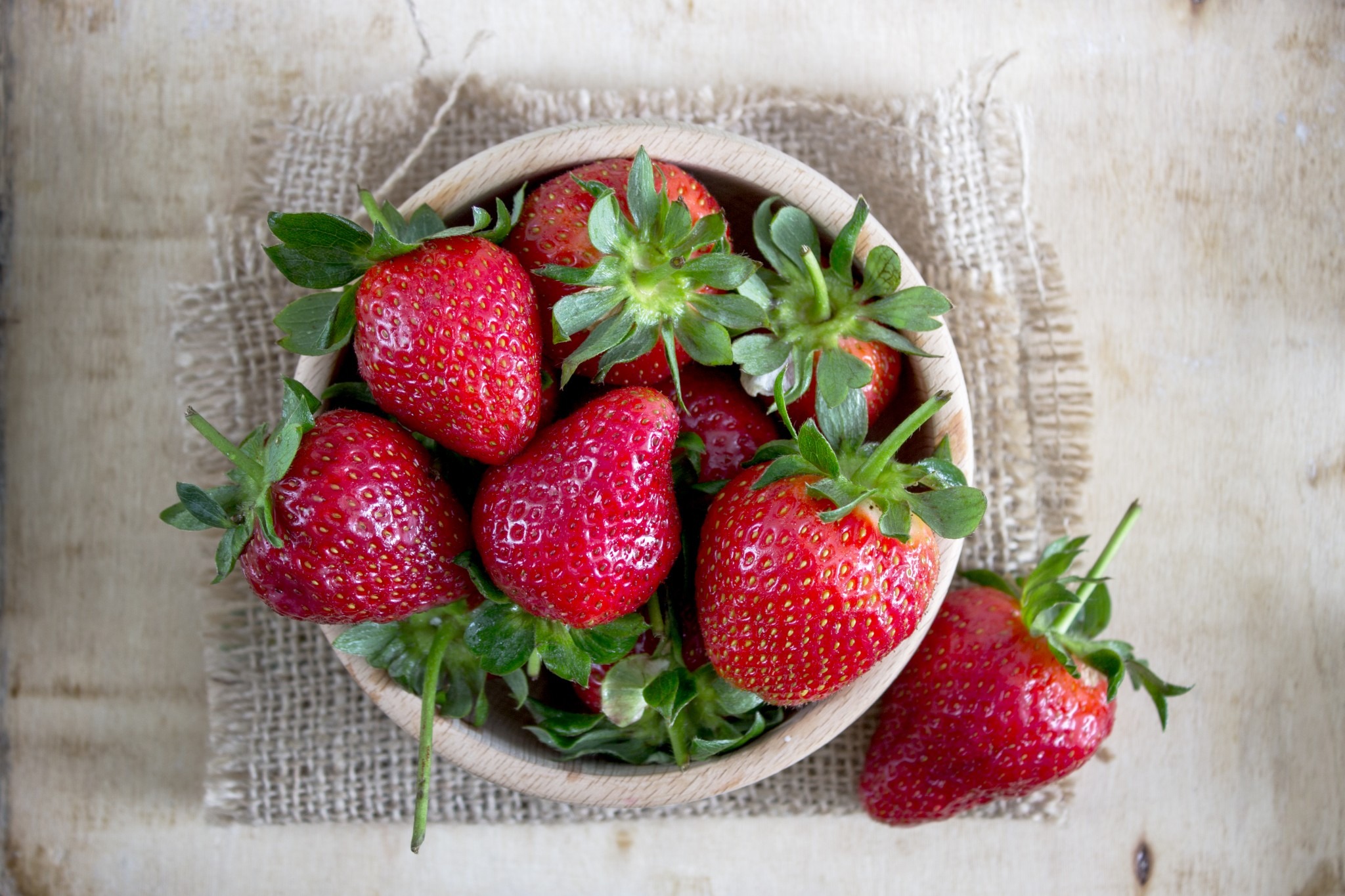Our Wednesday Environment Focus
Every morning, with my yogurt, I enjoy a strawberry-grape smoothie and then later, writing this blog, I munch on almonds. And, like me, other baby boomers are buying more strawberries and raspberries, almonds and pistachios.
The problem is that strawberries are a “thirsty” crop. In California’s Pajara Valley, strawberry fields have pretty much replaced apple orchards. Per acre, apples only use one half an acre-foot of water while strawberries require 2 acre-feet. At 325,851 gallons, an acre foot is a lot of water.
You can see the how the supply has increased for “water-intensive crops:”

It is especially tough to have demand rise for “thirsty” crops at the same time that many California farmers are coping with drought conditions. A California farmer can irrigate through contracts with federal and state water projects, wells, and yes, rain. Those contracts, though, are providing a lower water allotment because of the inadequate supply. As an alternative some are digging deeper wells. But wells can cost $500,000 to $1 million and then need electricity that can be pricey. The last possibility, rain, has been sparse although at the end of last month, growers enjoyed some relief.
Combine rising demand for water guzzling berries and nuts with less water on the supply side and you get higher prices:

Widely quoted in the media (NY TImes, WSJ), one researcher from Arizona State predicts the drought will cause the following price increases. Interestingly, for avocados, SF Gate, a California newspaper, explicitly disagreed with the study. Citing “the alternate bearing tendency of avocado trees,” they reminded us that price fluctuates because one year they produce more and the next, less.
• Avocados likely to go up 17 to 35 cents to as much as $1.60 each.
• Berries likely to rise 21 to 43 cents to as much as $3.46 per clamshell container.
• Broccoli likely to go up 20 to 40 cents to a possible $2.18 per pound.
• Grapes likely to rise 26 to 50 cents to a possible $2.93 per pound.
• Lettuce likely to rise 31 to 62 cents to as much as $2.44 per head.
• Packaged salad likely to go up 17 to 34 cents to a possible $3.03 per bag.
• Peppers likely to go up 18 to 35 cents to a possible $2.48 per pound.
• Tomatoes likely to rise 22 to 45 cents to a possible $2.84 per pound.
Then, we have the environmental factor. Farmers believe that state regulations protecting salmon, smelt and natural habitats have made the water shortages worse. According to one melon grower, “The fish are more important than our farms.”
Our bottom line? When consumers eat healthier food, growers have a drought, and habitats are protected, the results create environmental dilemmas.
Sources and Resources: Detailed and interesting, the NY Times article on the California drought and “thirsty” crops was excellent. As a complement, this NPR discussion of the California drought, the Arizona State research on food prices (source of above list) and the SF Gate’s avocado column provided a more complete picture.






